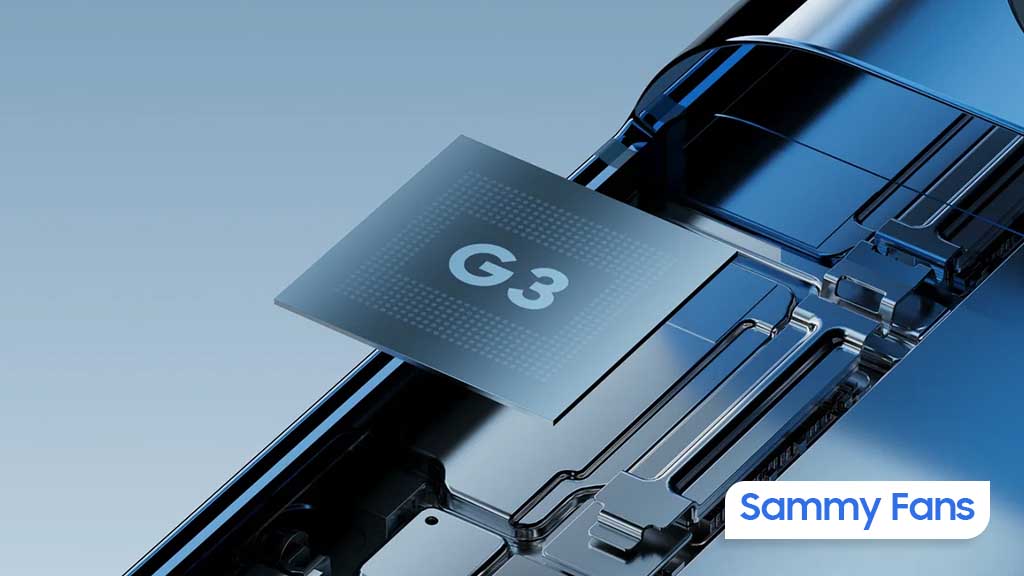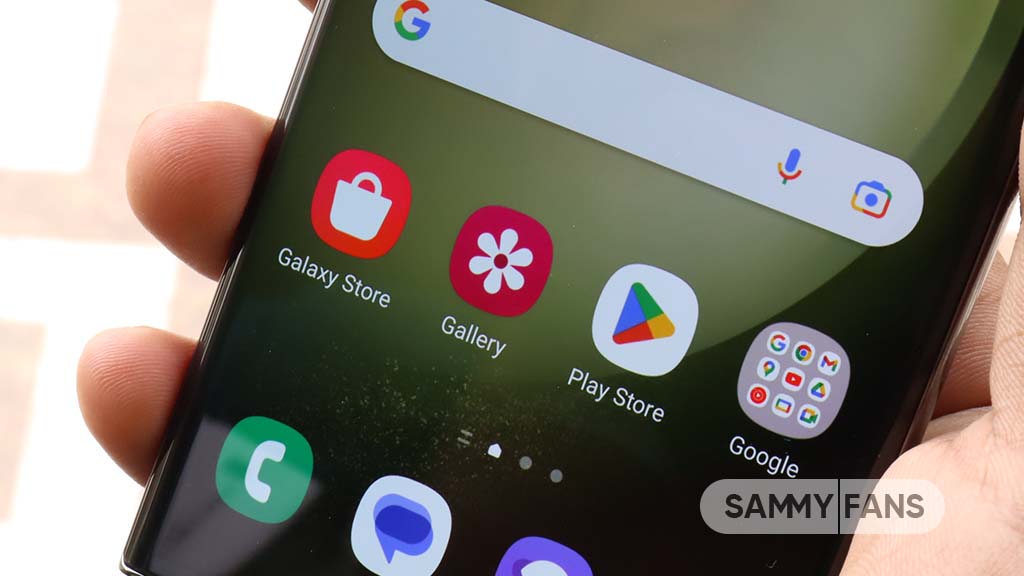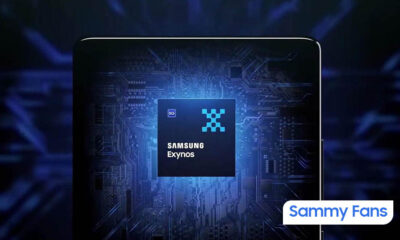News
Samsung will continue to revolutionize Galaxy graphics with AMD Radeon

Samsung Electronics and AMD (Advanced Micro Devices, Inc.) are expanding their strategic partnership in the field of next-generation high-performance and low-power Radeon graphics design assets (IP). Radeon is a graphics processing unit (GPU) brand developed by AMD.
Samsung announced that it will expand and apply next-generation graphics solutions developed based on AMD ultra-low-power, high-performance Radeon GPU design assets to the Exynos lineup to deliver console-like graphics on Galaxy mobile.
Through this, the Korean tech giant plans to provide a high-performance and high-definition gaming experience comparable to console games on various devices other than smartphones and expand the R&D ecosystem for next-generation graphic solutions.
After this multi-year partnership, it’s expected that mid-range Exynos processors will also feature AMD Radeon GPU for enhanced graphics. As the company is developing its dream chip for future flagship models, it’s fairly trying to establish Exynos as a mid-range chip.

“Together with AMD, Samsung has been revolutionizing mobile graphics, including our recent collaboration that brought ray tracing capability to mobile processors for the first time in the industry,” said Seogjun Lee, Executive Vice President of Application Processor (AP) Development at Samsung Electronics.
“We are excited Samsung selected multiple generations of our leadership high-performance Radeon graphics to advance the next generation of Samsung Exynos solutions,” said David Wang, Senior Vice President of the Radeon Technologies Group at AMD.
Back in 2019, Samsung Electronics and AMD signed a license to use high-performance graphic design asset architecture (RDNA) and jointly developed GPU (Graphics Processing Unit) ‘Xclipse’ based on RDNA2 to be installed in mobile APs in 2022.
Samsung Xclipse used in the Galaxy S22 series (Exynos 2200 processor) was the world’s GPU with hardware-accelerated ray tracing and variable rate shading features for console-like gameplay on mobile devices. Ray tracing is a technology that realistically expresses even images formed by light reflecting off objects.
Must read | Galaxy S23 Graphics: Regular Vs Ray Tracing
News
Google Pixel 10 to pack 3nm Tensor from TSMC, Samsung ousted

Google may opt for 3nm TSMC for the development of Pixel 10’s Tensor G5. Starting the first Tensor, Samsung has been manufacturing Google’s custom processors. However, the Foundry partnership would mark a halt (or an end) with the launch of Pixel 9’s Tensor G4.
According to CTEE, Google Pixel 9’s 3nm Tensor G5 has already been ordered to TSMC. However, the upcoming Tensor G4 is being fabricated on Samsung Foundry’s 4nm process. As the chip is ordered, Google may have finalized the design of the Tensor G5.
Samsung Foundry is facing yield issues with its 3nm process technology. It was reported that the 3nm yield is just 20%, which is not adequate for greenlit mass production. It is also harming Samsung’s Exynos plans, with Galaxy S25 reportedly using MediaTek’s SoC.
Thanks to the 3nm process, Google’s future flagships will offer massive performance and power efficiency improvements. Meanwhile, time will tell whether the Pixel maker has chosen TSMC’s N3E (second-generation 3nm) or N3P (third-generation 3nm) process.
Qualcomm has already switched to TSMC due to overheating and performance issues in Snapdragon chips. Not only mobile chipmakers, but big giants like Nvidia, have also ditched Samsung. This would further widen the gap between TSMC and Samsung Foundry.
News
July 2024 Android System update improves Play Store threat analysis

Google detailed its July 2024 Android System Update. The release isn’t out for Android devices, but details suggest improvements for Google Play Store’s full threat analysis feature.
According to the info, July 2024 Android System Update will let users send new apps for full threat analysis. Android’s install-time protection is powered by Google Play Protect, which is getting improved with the July release.
The change will be applied with Google Play Store v41.7, which apparently released yesterday. Compatible smartphones may start getting the updated Play Store version through the background installation method shortly.
Google Play Store v41.7 (2024-07-01)
- [Phone] Google Play Protect install-time protection now allows users to send new apps for full threat analysis.
Android smartphones often receive Play System updates from Google. These releases usually get installed when you restart your handset or update the Play Store. Google brings bug fixes and functional improvements for Android.
These updates make your Android phones even more secure and reliable and give you new and useful features. Over the last few months, Google has been offering new Google Play Store updates every week, providing:
- New Features to help you discover the Apps & Games you love.
- Optimizations allowing faster and more reliable download and installation.
- Continuous improvements to Play Protect to keep your device safe.
- Various performance optimizations, bug fixes and improvements to security, stability and accessibility.
News
iPhone 16 to get Samsung’s M14 OLED, Galaxy S24 sticks with M13

iPhone 16 would have an edge over Samsung’s Galaxy S24 Ultra in display tech. A Korean media outlet reports that Samsung is slated to supply its latest M14 OLED for Google’s Pixel 9 and Apple’s iPhone 16 Pro. Both companies will utilize the advanced screens in their upcoming flagships.
Samsung apparently used M13 OLED in its Galaxy S24 series this year. However, the upgraded M14 panels will be brighter and more power-efficient than the current products. With advanced M14 OLED, Apple’s iPhone 16 Pro and Google’s Pixel 9 would outshine the S24 Ultra.
Google will introduce the Pixel 9 series in August this year. Samsung will hold its next Unpacked event in July to unveil new foldable phones. Apple, on the other hand, is expected to introduce the iPhone 16 series in its usual timeframe – September.
Samsung’s foldable phones may not feature the M14 screens. OLEDs supplied by Samsung Display are evaluated by their material set rating. The higher the material set, the higher brightness the panel will bring and offer enhanced power efficiency.
Last year’s Google flagships debuted the M13 OLED display, followed by the Galaxy S24 series. The Pixel 8 and Pixel 8 Pro introduce Actua and Super Actua display tech. It offered higher brightness and power efficiency over previous Pixel smartphones.
Apple is the biggest client of Samsung Display. The company has been in discussion with the Korean display maker for its upcoming iPhone models. It recently approved the panel prototypes supplied by Samsung, which entered mass production last month.
Following this display upgrade, Samsung Mobile may also utilize it in the next year’s Galaxy S flagships. Previous rumors also claimed that the company would bring advanced display to Ultra and Plus variants. However, further details are yet to be known.












